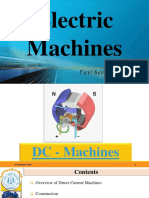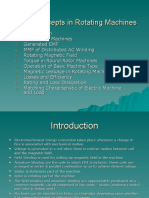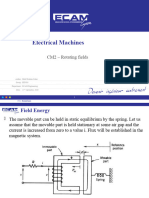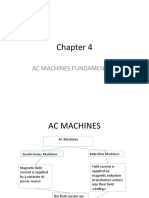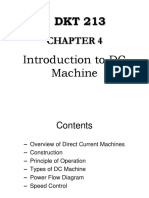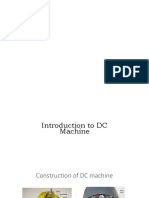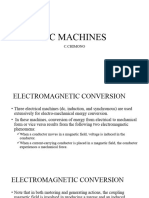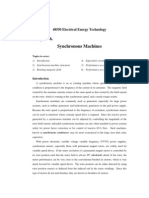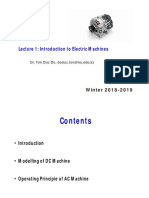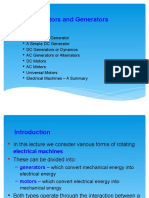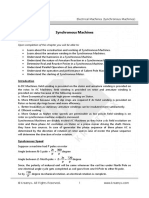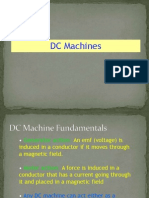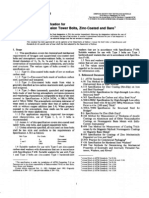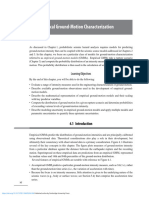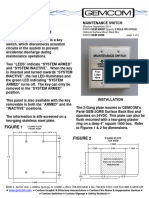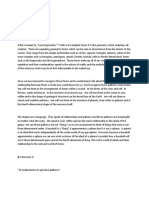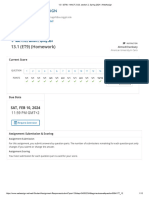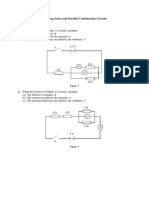0% found this document useful (0 votes)
49 views25 pagesChapter 4 Introduction To Rotating Machines
Chapter 4 introduces the fundamental concepts of rotating machines, detailing how voltages are induced in windings through the interaction of magnetic fields and mechanical motion. It distinguishes between AC and DC machines, explaining their construction and operational principles, including synchronous and induction types. The chapter concludes by summarizing the similarities in torque production and voltage generation across different types of rotating machines.
Uploaded by
Rodrigo KoproskiCopyright
© © All Rights Reserved
We take content rights seriously. If you suspect this is your content, claim it here.
Available Formats
Download as PPT, PDF, TXT or read online on Scribd
0% found this document useful (0 votes)
49 views25 pagesChapter 4 Introduction To Rotating Machines
Chapter 4 introduces the fundamental concepts of rotating machines, detailing how voltages are induced in windings through the interaction of magnetic fields and mechanical motion. It distinguishes between AC and DC machines, explaining their construction and operational principles, including synchronous and induction types. The chapter concludes by summarizing the similarities in torque production and voltage generation across different types of rotating machines.
Uploaded by
Rodrigo KoproskiCopyright
© © All Rights Reserved
We take content rights seriously. If you suspect this is your content, claim it here.
Available Formats
Download as PPT, PDF, TXT or read online on Scribd
/ 25
























